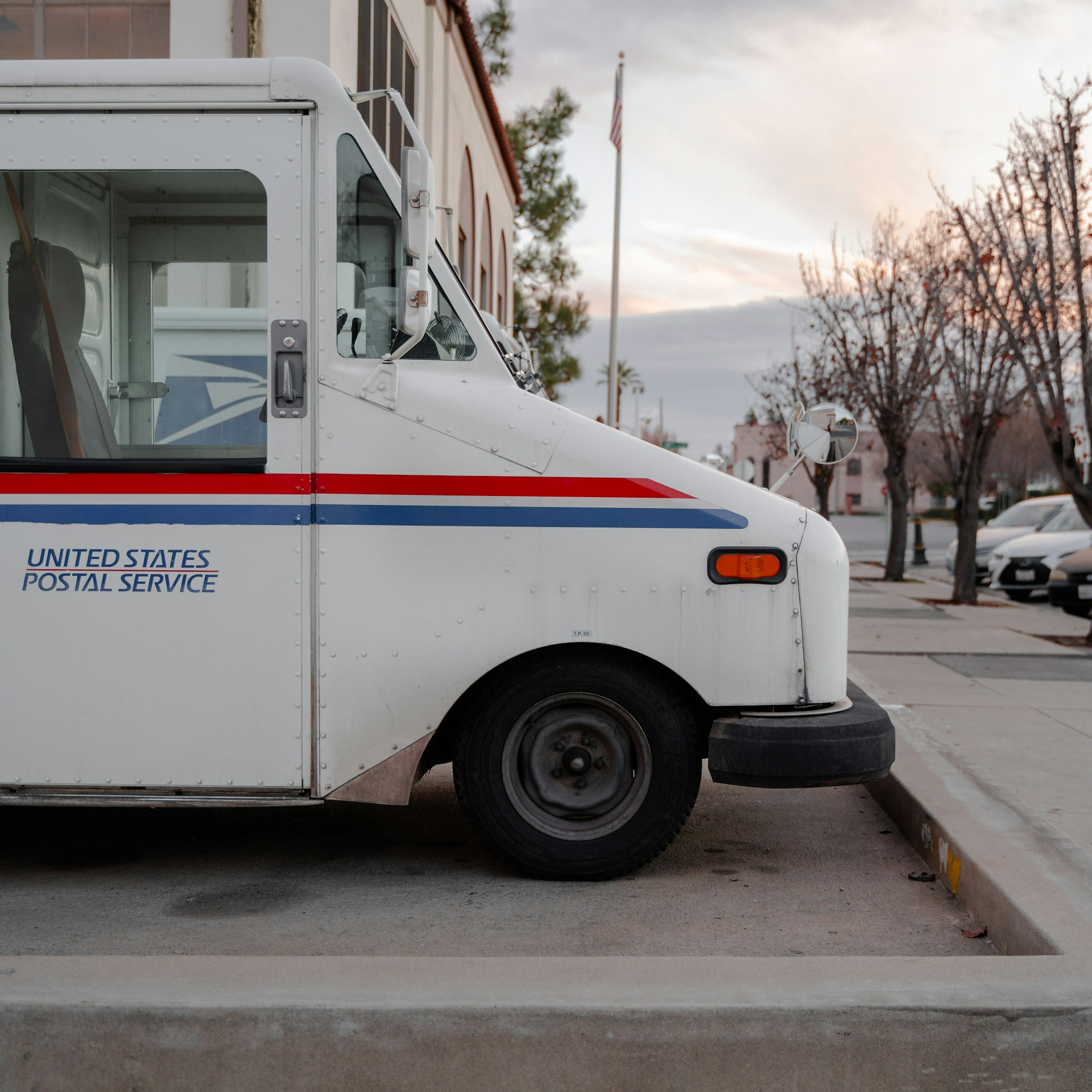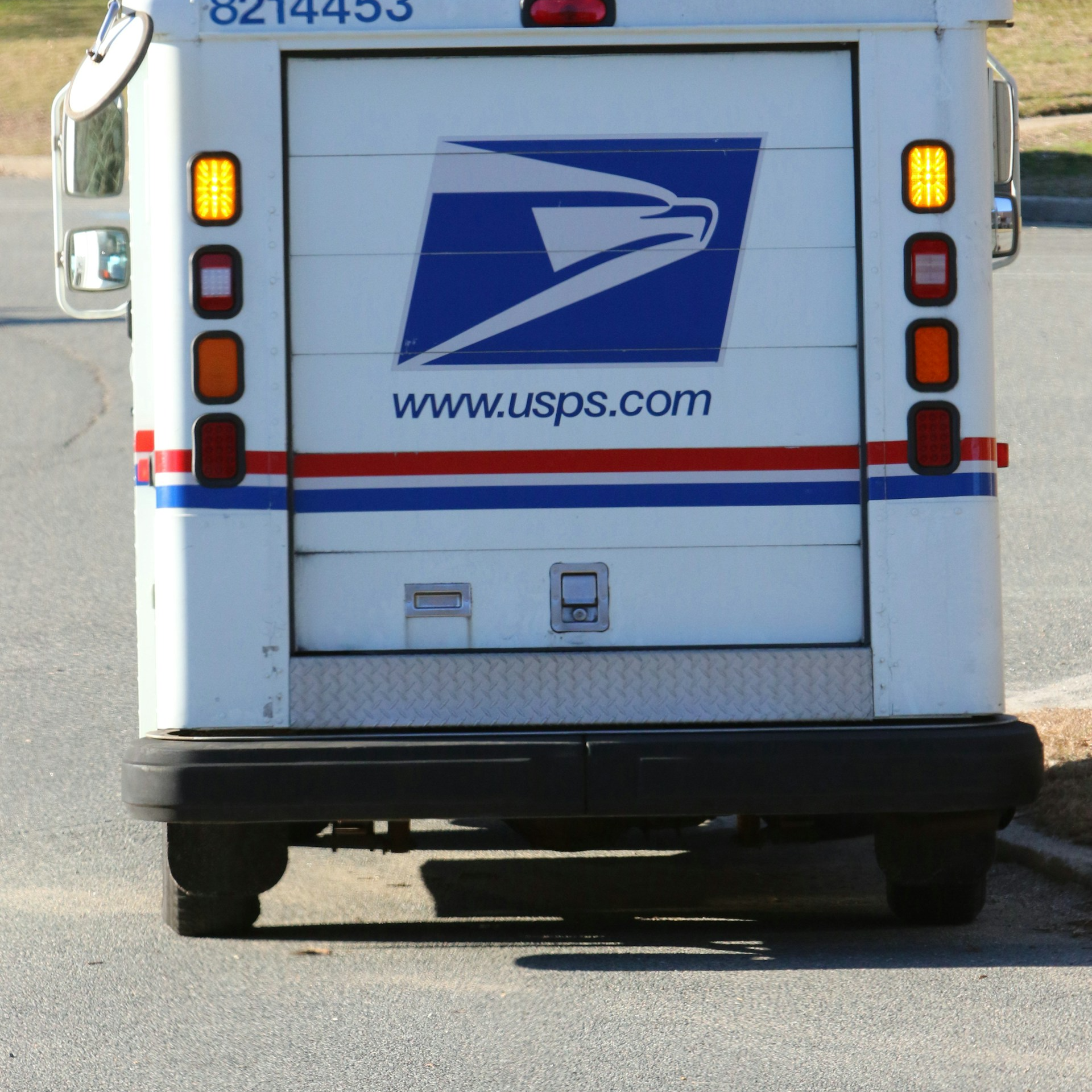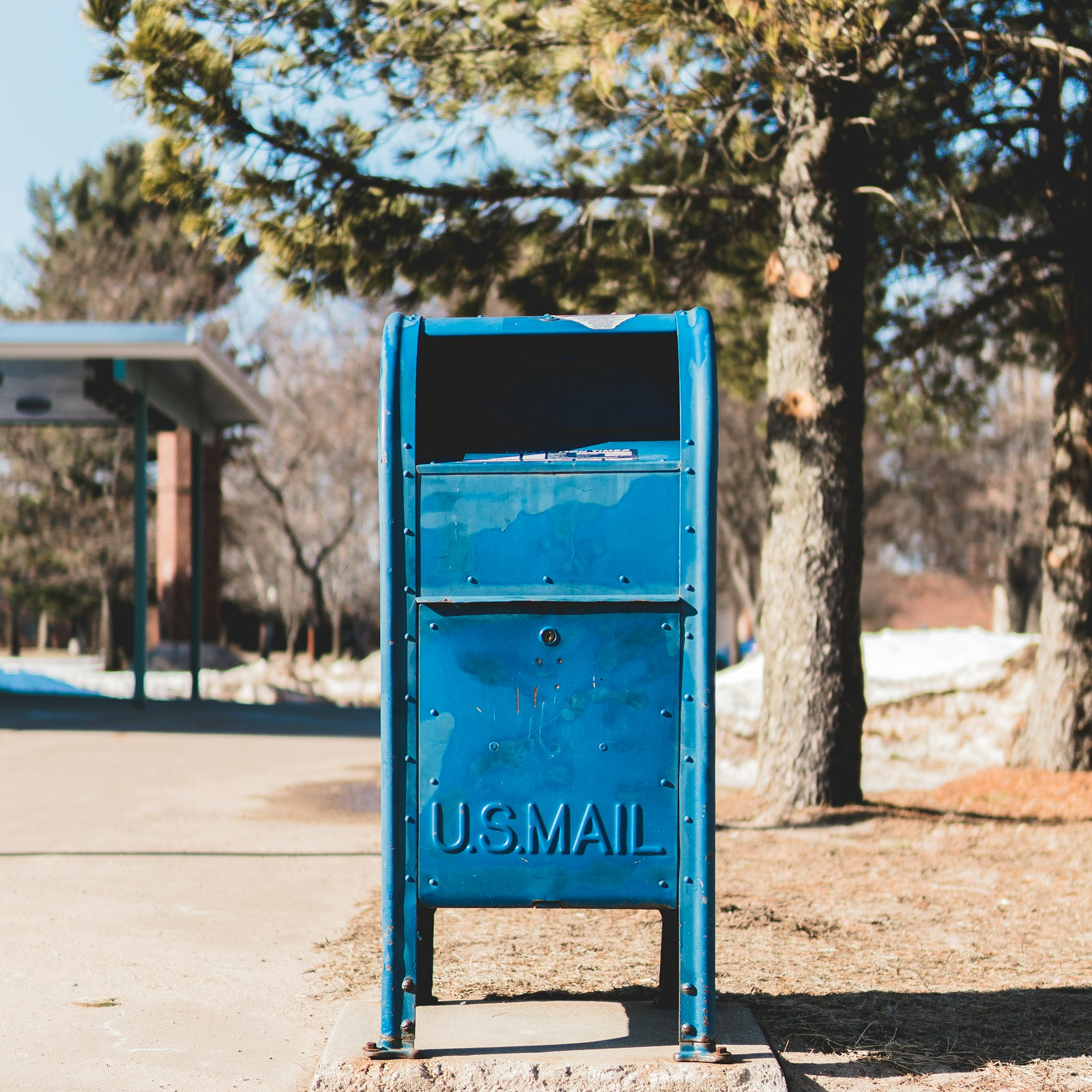Key Takeaways:
-
The Postal Service Health Benefits (PSHB) program is rolling out in 2025, with average employee premiums ranging from $111.26 to $261.70 biweekly, depending on your plan choice.
-
If you’re used to the Federal Employees Health Benefits (FEHB) program, PSHB may offer similar coverage but with different premiums and cost structures—here’s what you can expect.
Your New Health Plan for 2025: PSHB vs. FEHB
If you’re a postal worker, 2025 is bringing major changes to your healthcare coverage. As part of the Postal Service Reform Act, the Postal Service Health Benefits (PSHB) program is launching on January 1, 2025, replacing the Federal Employees Health Benefits (FEHB) plan for most postal employees and retirees. And yes, Open Season for the transition is just around the corner—from November 11, 2024, to December 9, 2024.
You’re probably wondering: What will this mean for my premiums? Is PSHB really going to be better than FEHB? Let’s break it all down so you can see exactly what to expect and how these changes will affect your wallet.
What You’ll Pay: PSHB Premiums in 2025
The big question on everyone’s mind is how much it’s going to cost. The PSHB program is structured similarly to FEHB, but with some key differences. In 2025, the average total biweekly premium is divided between government contributions (72%) and employee contributions (28%).
Here’s what you’ll be paying on average if you’re a postal worker:
- Self Only: $111.26 biweekly (employee contribution)
- Self Plus One: $240.49 biweekly (employee contribution)
- Self and Family: $261.70 biweekly (employee contribution)
This translates to the following annual costs for 2025:
- Self Only: $2,892.76 annually
- Self Plus One: $6,252.74 annually
- Self and Family: $6,804.20 annually
These costs are averages, and while there may be variations depending on the specific plan you choose, this should give you a good sense of what to expect.
How PSHB Compares to FEHB
If you’ve been covered under FEHB for years, you may be curious how PSHB stacks up. Overall, the two programs are similar in terms of plan offerings and coverage. You can expect most of the same health plans that have been available under FEHB to be offered under PSHB, but with some differences in premium rates and other minor adjustments.
In FEHB, the employee contribution was also around 28% of the total premium, with the government covering the remaining 72%. So while the percentage split remains the same under PSHB, the total premiums might be adjusted slightly.
Here’s what makes PSHB a bit different:
- Tailored for postal workers: PSHB is designed specifically for USPS employees, meaning it could offer more targeted benefits and potentially more favorable terms compared to FEHB.
- Premium adjustments: While we’re still seeing an average of 28% employee contribution, the total premiums under PSHB might shift, which can affect your out-of-pocket costs.
- Coordination with Medicare: If you’re retiring soon or already retired, and you’re 65 or older, you’ll need to enroll in Medicare Part B to keep PSHB coverage. This coordination between Medicare and PSHB could potentially lower your healthcare costs if done right.
Breaking Down the Biweekly Premiums
Let’s take a closer look at the biweekly premiums for PSHB in 2025. When it comes to total premiums (before the government’s contribution), you’re looking at these averages:
- Self Only: $397.35 total biweekly premium
- Self Plus One: $858.89 total biweekly premium
- Self and Family: $934.65 total biweekly premium
The government covers 72% of these premiums, which means your portion (28%) is what we’ve already covered—$111.26, $240.49, and $261.70 respectively for the various coverage levels.
How PSHB and FEHB Open Seasons Differ
Open Season for both PSHB and FEHB runs from November 11, 2024, to December 9, 2024. For postal workers, this will be a critical time to make decisions about your health plan.
If you’re happy with your current coverage under FEHB, you’ll be automatically enrolled in a corresponding PSHB plan unless you decide to make changes. This means you don’t have to worry about losing coverage or manually switching plans unless you’re interested in exploring other options.
Preparing for the Switch: What You Need to Do During Open Season
If you’re already familiar with how Open Season works under FEHB, you’re in good shape. The process is pretty straightforward. During Open Season, you can:
- Review your plan options under PSHB.
- Make changes if you want to explore different coverage levels or switch plans.
- Compare costs between PSHB and FEHB to see which option works best for your situation, especially if you’re transitioning to retirement or have specific healthcare needs.
One thing to keep in mind is that if you do nothing, you’ll be automatically moved to a PSHB plan that most closely matches your current FEHB coverage. But if you want to explore your options and potentially save some money, it’s worth spending some time during Open Season to compare the plans and premiums.
How Medicare Comes Into Play
For retirees and those approaching retirement, Medicare Part B becomes an important part of the equation. Under PSHB, postal employees must enroll in Medicare Part B when they become eligible at age 65 in order to keep their PSHB coverage. This is a key difference from FEHB, where Medicare Part B enrollment was encouraged but not always mandatory.
By coordinating PSHB with Medicare Part B, you can potentially reduce your out-of-pocket healthcare costs, especially since Medicare will become the primary payer, and PSHB will act as secondary insurance. This could mean lower copays and deductibles for medical services.
What Does This Mean for Retirees?
For postal employees nearing retirement, it’s important to plan ahead for how Medicare Part B and PSHB will work together. Since the government pays 72% of your PSHB premiums, you’ll still get a good deal on health insurance, but you’ll need to factor in the cost of Medicare Part B, which will be an additional premium on top of what you pay for PSHB.
If you’ve already retired or are planning to retire in 2025, this transition will require you to look carefully at your total healthcare costs and how these programs will interact. Fortunately, the Open Season window gives you the opportunity to explore different PSHB plans and decide which one will best meet your needs in combination with Medicare.
Making the Most of Open Season in 2024
The PSHB Open Season in November-December 2024 is your opportunity to lock in the right plan for your needs. Whether you’re actively working or preparing for retirement, comparing your plan options now will help ensure you’re not paying more than necessary.
Take the time to:
- Review biweekly premiums and make sure the coverage you’re paying for aligns with your healthcare needs.
- Think about how Medicare will factor into your future healthcare, especially if you’re nearing age 65.
- Explore the details of each plan and consider how out-of-pocket costs like copays and deductibles might affect your total healthcare spending.
Get Ready for the New Era of Health Benefits
As we move into 2025, the PSHB program brings some big changes, but it also offers a lot of familiar coverage options, making it easier to transition from FEHB. With government contributions still covering 72% of premiums, and tailored benefits for postal workers, PSHB can offer significant value.
Be sure to use the upcoming Open Season wisely—take the time to compare plans, understand your options, and get ready for the January 1, 2025 rollout.













